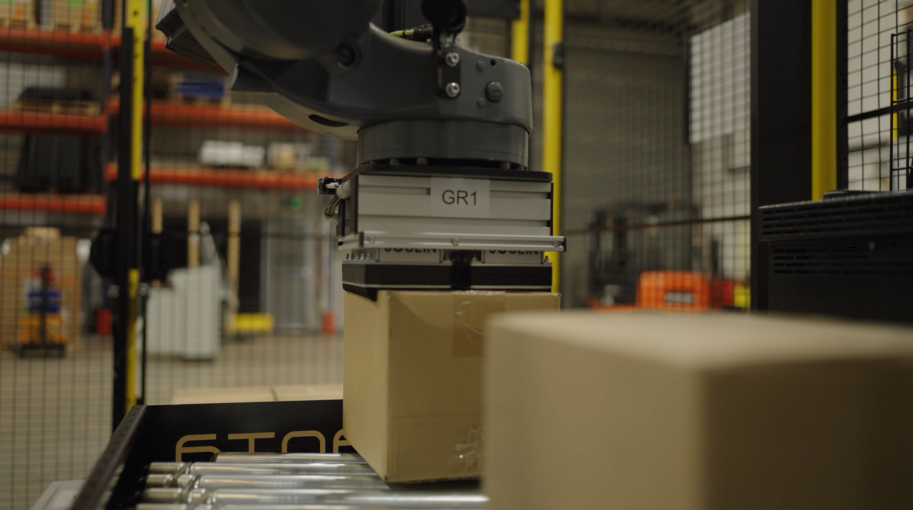
Palletising robots, also known as robotic palletisers, have a significant impact on production and revenue in various industries. Their advantages include increased efficiency, cost savings, and improved quality, which can lead to enhanced revenue and profitability. Here’s a closer look at the impact of palletising robots on production and revenue:
1. Increased Efficiency:
Palletising robots work tirelessly without breaks, leading to continuous and high-speed palletising operations. This efficiency translates into increased production output and reduced production cycle times.
2. Labor Cost Reduction:
Palletising robots reduce the need for manual labour in the palletising process. This leads to substantial cost savings in terms of wages, benefits, and associated labour expenses.
3. Improved Product Quality:
Palletising robots ensure precise and consistent stacking, reducing the risk of damaged or improperly stacked products. This minimizes product losses and waste, preserving product quality and value.
4. Optimised Space Utilisation:
Robotic palletisers can be programmed to maximize pallet space utilisation, which means that you can fit more products on each pallet. This is especially important for efficient use of warehouse and storage space.
5. Quick Changeover and Flexibility:
Palletising robots can be easily reconfigured to handle different product types, sizes, and packaging patterns. This flexibility allows manufacturers to adapt to changing customer demands and market trends, potentially increasing product offerings and revenue streams.
6. Reduced Errors and Rework:
Automation minimises the potential for human errors in the palletising process. Fewer errors mean fewer rejected or reworked pallets, reducing overall production costs.
7. Enhanced Throughput:
Palletising robots can handle a wide range of product weights and sizes, allowing for higher throughput and capacity utilisation. This can result in more products processed and shipped within the same time frame.
8. Scalability:
As production needs grow, it’s relatively easy to scale up by adding additional robotic palletisers or modifying your existing systems, further increasing production capacity.
9. Data Analysis and Optimisation:
Many robotic palletising systems incorporate data collection and reporting features. This data can be used to optimise production processes and identify areas for improvement, ultimately leading to increased productivity and cost savings.
10. Competitive Advantage:
Implementing robotic palletising technology can give a company a competitive edge by enabling quicker response to market demands and providing consistent product quality.
11. 24/7 Operation:
Robotic palletisers can work round the clock, supporting 24/7 manufacturing operations. This extended operation time can lead to increased production and revenue opportunities.
12. Customer Satisfaction:
By ensuring that products are consistently and safely palletised, robotic palletisers can enhance customer satisfaction and loyalty, potentially leading to repeat business and positive referrals.
In summary, palletising robots have a positive impact on production and revenue by improving efficiency, reducing costs, and enhancing product quality. Companies that invest in robotic palletising technology are well-positioned to increase their competitiveness and profitability in today’s fast-paced and demanding business environment.
To find out more about the Granta palletising systems contact us on 01223 499488 or helpline@granta-automation.co.uk and we will be happy to help.








Warning: Undefined variable $aria_req in /var/www/granta-automation.co.uk/news/wp-content/themes/twentyten/comments.php on line 81
Warning: Undefined variable $aria_req in /var/www/granta-automation.co.uk/news/wp-content/themes/twentyten/comments.php on line 86